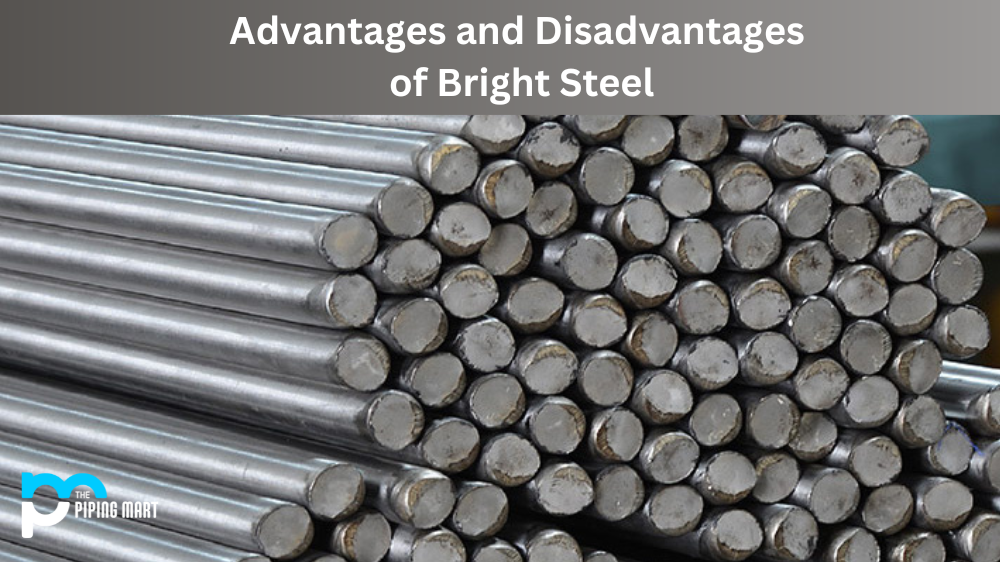Thin wall mild steel tubing is a metal pipe used in various applications. It is light weight yet strong and durable, making it an ideal choice for projects requiring strength and flexibility. In this blog post, we will discuss the many uses of thin wall mild steel tubing and its key benefits.
Uses of Thin Wall Mild Steel Tubing
One of the most common uses for thin-wall mild steel tubing is automotive applications. The light weight and strength of the material make it ideal for use in exhaust systems and other parts that need to be lightweight but still able to withstand high temperatures. This type of steel can also be used for structural applications such as handrails, guardrails, and piping systems.
Automotive
Thin wall mild steel tubing is often used in the automotive industry. It is used to create a variety of parts, including exhaust systems, brake lines, and fuel lines. Thin wall tubing is also used to create roll cages, which help to protect drivers in the event of a crash.
Marine
Thin wall mild steel tubing is also popular in the marine industry. It is often used to create boat hulls and other structural components. Thin wall tubing is also used to create a variety of marine fittings, such as deck rails and fishing rod holders.
Furniture
Thin wall mild steel tubing is sometimes used to create furniture. It can be used to create frames for chairs and tables. Thin wall tubing is also sometimes used to create decorative elements, such as spiral staircases and wrought iron fences.
Exercise Equipment
Thin wall mild steel tubing is also used to create a variety of exercise equipment. It is often used to create weightlifting bars and gymnastics equipment. Thin wall tubing is also sometimes used to create bicycle frames.
Piping
Thin wall mild steel tubing is also commonly used as piping. It is often used to transport water, gas, and oil. Thin wall tubing is also sometimes used to create an electrical conduit.
Benefits of Using Thin Wall Mild Steel Tubing
Thin wall mild steel tubing offers several advantages over other types of materials. First and foremost, it is affordable and easy to find, making it an excellent option for budget-minded buyers. It is also highly durable, meaning it can withstand high temperatures and pressures without warping or becoming brittle. Finally, it is lightweight while still providing excellent strength – a combination that makes it attractive to many industries.
Another benefit of using thin wall mild steel tubing is its ability to be formed into complex shapes without losing structural integrity or increasing weight significantly. This makes it an excellent choice for projects where space is at a premium – such as in automotive applications – because the shape can be tailored precisely to the application’s needs without sacrificing durability or strength.
Increased Strength
Thin wall mild steel tubing has an increased strength-to-weight ratio compared to other types of tubing. This is because the thickness of thin-wall mild steel tubing is much thinner than that of different types, such as thick-wall mild steel tubing. The increased strength-to-weight ratio means that thin wall mild steel tubing can be used in applications where weight is a major concern, such as in aircraft construction.
Increased Corrosion Resistance
Thin wall mild steel tubing also has an increased corrosion resistance compared to other types of tubing. This is because the thickness of thin wall mild steel tubing is much thinner than that of different tubing, which allows for less surface area to be exposed to potential corrosive elements. The increased corrosion resistance of thin wall mild steel tubing makes it an ideal choice in environments where corrosion is a concern, such as in salt water applications.
Increased Ductility
Thin wall mild steel tubing also has an increased ductility compared to other types of tubing. This is because the thickness of thin wall mild steel tubing is much thinner than that of different types of tubing, which allows for more deformation before failure occurs. The increased ductility of thin wall mild steel tubing makes it an ideal choice for use in applications where flexibility is required, such as automotive applications.
Decreased Cost
The decreased cost associated with thin wall mild steel tubing is because less material is required to produce it compared to other types of tubing. The decreased cost makes thin wall mild steel tubing an attractive option for use in various applications, such as plumbing and electrical applications.
Increased Efficiency
The increased efficiency associated with thin wall mild steel tubing is because less material is required to produce it compared to other types of tubing. The decreased amount of material needed means that there is less waste produced during the manufacturing process, which leads to an overall increase in efficiency
Conclusions:
Thin wall mild steel tubing has several advantages over other materials when used in construction or fabrication projects requiring flexibility and durability but not necessarily extreme strength or weight savings. Its affordability and ease of availability make it an excellent choice for budget-minded consumers looking for reliable materials with multiple uses. Finally, its ability to be formed into complex shapes without sacrificing strength makes it an ideal choice for projects with tight spaces where weight savings are important considerations, but strength cannot be offered. Overall, thin wall mild steel tubing provides an excellent balance between cost-effectiveness, reliability and performance, making it an ideal material choice for any project requiring metal piping solutions!
Meet Heer, a dynamic and driven writer learning tricks of her trade in the metal industry. With a background in Digital Marketing, Heer brings a unique perspective to her writing, sharing valuable insights. Apart from blogging she like reading and hiking.




